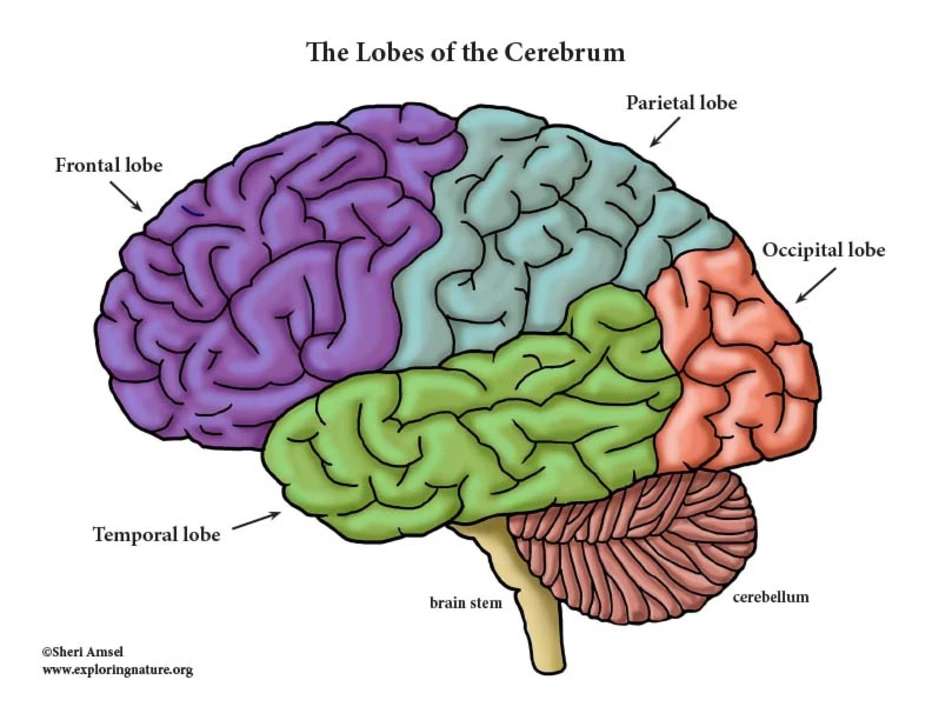Nimodipine: what it does and when you might need it
Nimodipine is a medicine most doctors use after a subarachnoid hemorrhage — that’s bleeding around the brain often caused by a burst aneurysm. Its main job is to reduce the chance of delayed brain damage from blood-vessel spasms. It doesn’t stop the initial bleed, but it lowers the risk of complications that can follow.
How nimodipine is given and the usual dose
Most commonly nimodipine is given by mouth or through a tube into the stomach. The typical adult dose is 60 mg every 4 hours for 21 days. It should be started as soon as possible after the bleed, under hospital supervision. Don’t crush or chew extended-release forms unless your clinician says it’s safe. Intravenous use is not recommended because it can cause dangerous drops in blood pressure.
What to expect: side effects and safety tips
The most common side effect is low blood pressure. You might feel lightheaded, tired, or flushed. Headache and nausea are also fairly common. If you feel faint, have very slow heartbeat, or severe dizziness, tell a clinician right away — nimodipine can worsen low blood pressure.
Drug interactions matter. Nimodipine is broken down by CYP3A4 in the liver. Drugs that block CYP3A4 — like certain antifungals (ketoconazole), some antibiotics (clarithromycin), and grapefruit juice — can raise nimodipine levels and increase side effects. Drugs that speed up CYP3A4 (like carbamazepine) can lower nimodipine levels and reduce effectiveness. Always tell your care team about all medicines, supplements, and even juices you drink.
Special groups: if you’re pregnant, breastfeeding, or have serious liver problems, discuss risks and alternatives with your doctor. Nimodipine is used in a very specific and serious situation; your team will weigh benefits versus risks carefully.
Monitoring typically includes regular blood pressure checks and watching neurological signs. Nurses often check blood pressure every few hours during the first days. If blood pressure drops too low, the dose may be paused or adjusted.
Missed dose? If you miss a dose, take it as soon as you remember unless it’s close to the next dose. Do not double up. Because nimodipine is given on a tight schedule after a brain bleed, hospital staff usually manage dosing so missed doses are rare.
Quick practical tips: avoid grapefruit and grapefruit juice, report dizziness or fainting immediately, keep a list of all medicines with your care team, and follow the full 21-day course if prescribed. If you have questions about interactions with blood pressure drugs or other heart meds, ask your doctor — small changes can matter.
Want more on drug interactions and blood pressure medicines? Check related guides on blood pressure drugs and safe medication use in our library for plain talk and practical tips.

The impact of nimodipine on cognitive function in the elderly
I recently came across a fascinating study about the impact of nimodipine on cognitive function in the elderly. It turns out that this calcium channel blocker, commonly used to treat high blood pressure, may also have some positive effects on our brain health as we age. The research suggests that nimodipine could potentially improve memory, focus, and overall cognitive function in older adults. While more studies are needed to confirm these findings, it's exciting to think that a medication typically prescribed for one purpose might also help keep our minds sharp as we grow older. I'll definitely be keeping an eye on future developments in this area!
Read More




